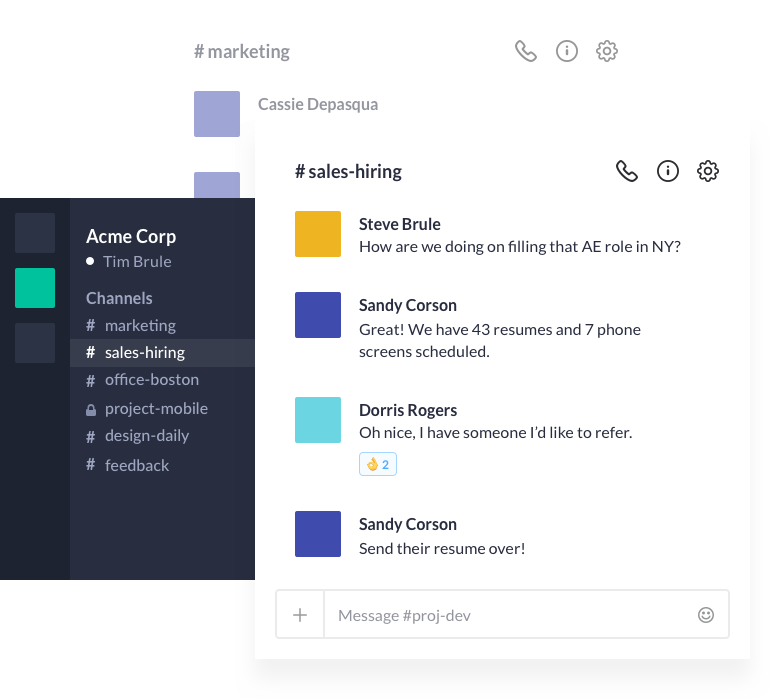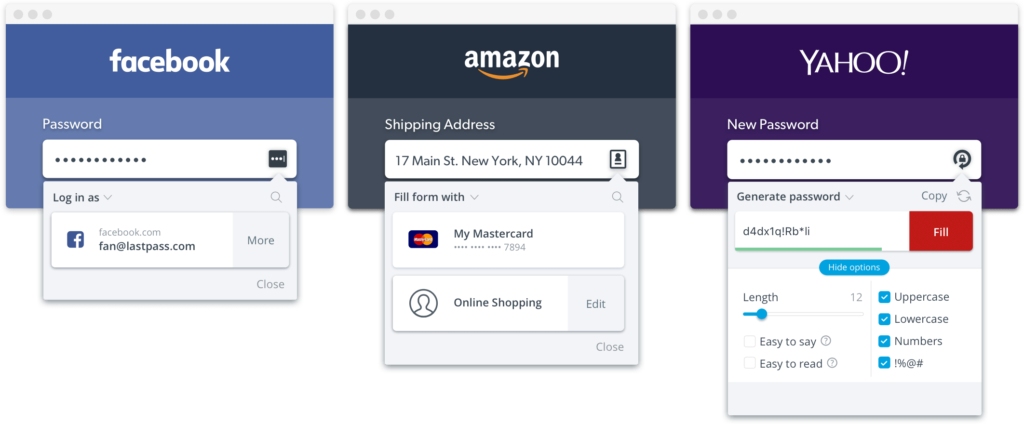
The internet brings people together from all over the world — especially potential team members. At Mod Girl Marketing, I decided to create an all virtual team so that we could hire the best, no matter where they are. But managing virtual teams isn’t always easy.
Though more and more companies now allow employees to work remotely, either full-time or for part of their work week, others, such as IBM, are ending the work-from-anywhere policy altogether.
Still, remote teams are common among digital agencies, and with good reason. Managing virtual teams composed of freelancers allows you to scale faster without necessarily adding to your payroll, hiring people to address specific needs in your company for just a few hours a week if needed. Plus, with clients often expecting a quick turnaround on their projects, having team members from all over the world can really make a difference.
But when you’re managing virtual teams, you have to be prepared. Here’s what you need to know — and the tools you’ll need — to successfully scale your business with a remote team.
Looking to grow your company with new team members, or just want advice on the best practices for managing your virtual team? Join Mod Agency Insiders, our Facebook community for marketing entrepreneurs!
Hire the Right Kind of Remote Workers
According to Zapier, which has always worked (and succeeded!) with remote teams, the top 3 ingredients to a successful remote team are people, tools, and process. And perhaps most important is the first ingredient: your team. You can have the best productivity practices, tools, and processes in place, but if your team members aren’t self-motivated, then it will all be for naught.
[clickToTweet tweet=”‘I built my #digitalagency with an all #virtual team so that I could hire the best, no matter where they were located.’ – Mandy McEwen” quote=”‘I built my agency with an all virtual team so that I could hire the best, no matter where they were located.’ – Mandy McEwen” theme=”style3″]
Toggl recommends hiring employees that meet at least these 3 criteria, but ultimately, when it comes to hiring, find someone you can trust and who vibes well with your team.
- A history of self-management: They can motivate themselves and work with minimal supervision. You want to look for doers that get the job done, no matter where they are.
- Good writing skills: Much of the communication between remote teams is through text, so if they struggle with written communication, it can cause a lot of misunderstandings.
- A good support system: Working remotely can get lonely!
Regularly Check-In with Your Team
Your team may be made up of remote workers from opposite sides of the globe, so it’s fair to assume that your schedules may not match. With this in mind, there may be some problems with communication from time to time, especially as your team gets bigger.
Companies that have successfully worked with remote teams advise constant communication to build relationships. Here are a few strategies for doing so:
- Go on team retreats (if you can afford it), hold in-person meetings if team members live in close proximity, or even just have weekly video calls to check in.
- Acknowledge accomplishments and ask for feedback, as you would with an office team.
- Let your team know your company’s why to help them see the bigger picture and have an appreciation for what you do. This will also give them a sense of ownership regarding what they’re doing for you.
Document Everything For Your Remote Team
The internet loves keeping “receipts”, and those with online teams should be no different.
Jan Schultz-Hofen, founder and CEO of Plan.io (an online project management tool), recommends using text-based tools for communication. These tools can provide better clarity (especially when giving instructions) and work well because you don’t want to be calling your team members with every issue.
When you don’t see team members face to face, transparency and clarity is even more important than usual.
[clickToTweet tweet=”‘Ultimately, when it comes to #hiring, find someone you can trust and who vibes well with your team.’ – Mandy McEwen” quote=”‘Ultimately, when it comes to hiring, find someone you can trust and who vibes well with your team.’ – Mandy McEwen” theme=”style3″]
Use the Right Tools When Managing Virtual Teams
Using the right tools is important because they can help you with effectively organizing and managing virtual teams. Some of our favorite tools at Mod Girl Marketing include:
Slack
A collaboration tool that brings all your team’s communication together. In some ways, it can be used as a project management tool. It integrates with a lot of apps, including Asana, Google Drive, and Trello. We use it to notify team members of problems right away, collaborate on projects, and set reminders for upcoming tasks.

Basecamp
A simple, customizable, use-only-what you-need kind of project management tool that allows you to schedule tasks, upload documents, and manage a calendar. Plus, Basecamp only charges a fixed amount per month per team, which comes out cheaper than many other project management tools in the long run as you scale.

Google Suite
A set of cloud-based computing and productivity tools, Google Suite includes some of the tools remote teams use most often, such as Google Drive. You can use many of these tools for free when you have a Google account, but if you need larger storage, team email accounts, and other services specific to businesses, Google Suite is a better choice.
Get 20% off a paid Google Suite plan with my discount codes: G4LDJ6DWJM6LERH or 797DFE4JJK3NVMD.

UberConference
Every now and then, remote teams need to hop on a team call. One of our favorites is the free video chat and conferencing tool UberConference, which makes it easy to share screens and record our meeting for referencing back later. We use this every week for our team check-in meetings.

HubStaff
HubStaff is a worker monitoring tool that makes it easy to see if team members are staying on track and to monitor how much time your team is spending on each project. Its features include time tracking, internet and app monitoring, screenshots, online timesheets, weekly time limits, attendance scheduling, and reporting.

LastPass
With so many people handling accounts and so many accounts to handle, sharing login information can be problematic — especially when it comes to giving client passwords to new team members. LastPass helps mend this issue by allowing you to store online records and share specific folders with the people you choose, without them ever seeing the actual passwords.

Build Your Agency by Outsourcing Work to Remote Workers
Managing virtual teams has never been easier in the connected internet age. With the help of the right tools, you can work with and manage a remote team from wherever you are, securely and without a large overhead cost. And when you’re ready to grow that team, outsourcing to digital agencies and freelancers can help you scale fast.
Learn my secrets to successful outsourcing in my free video training!





